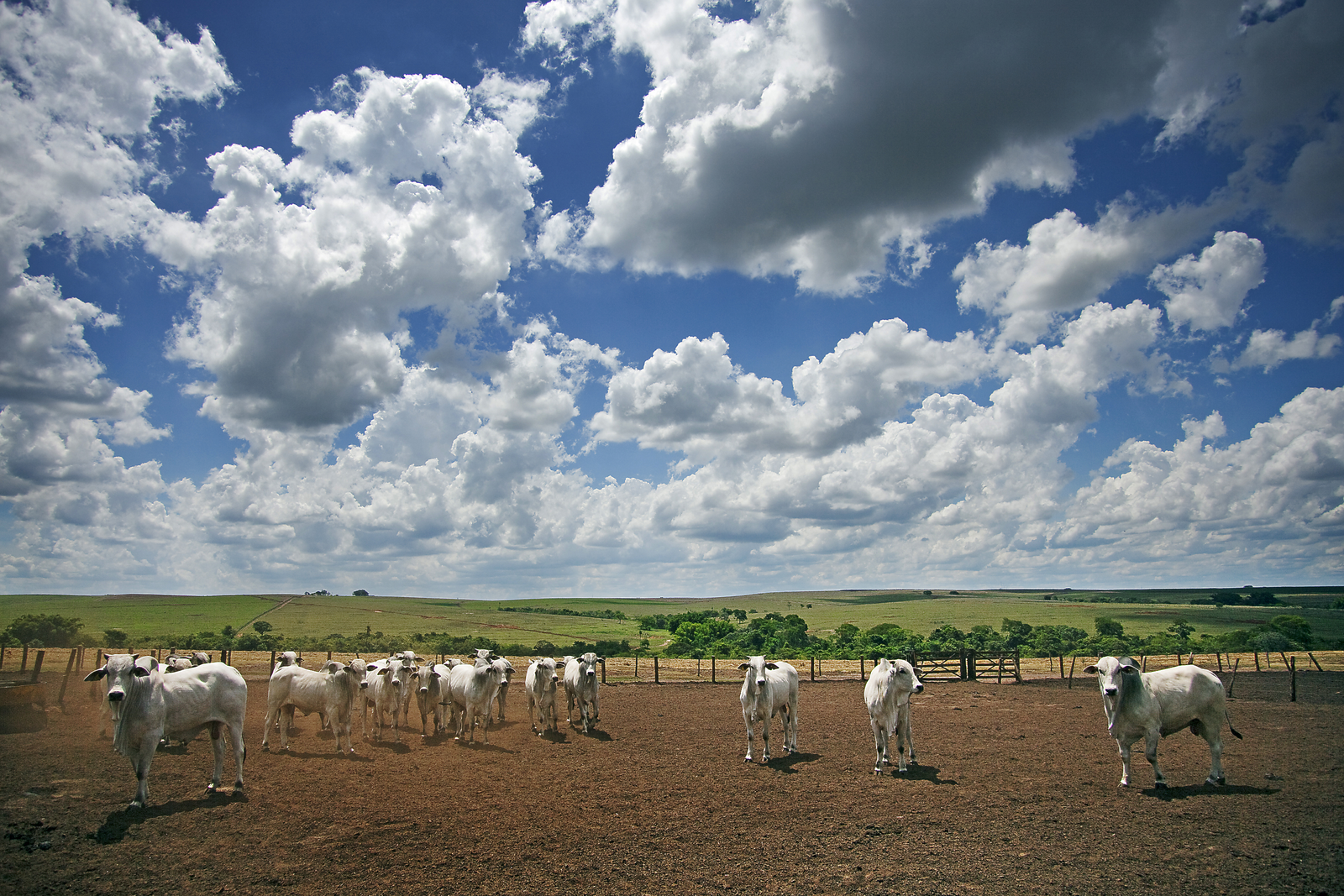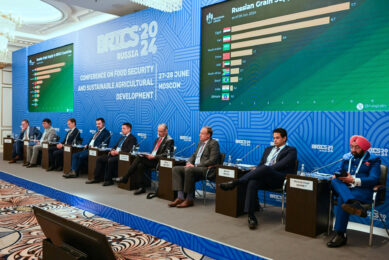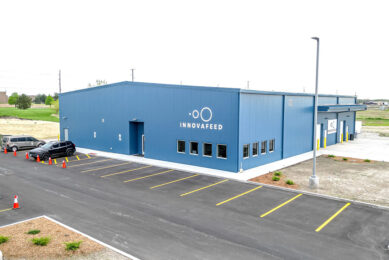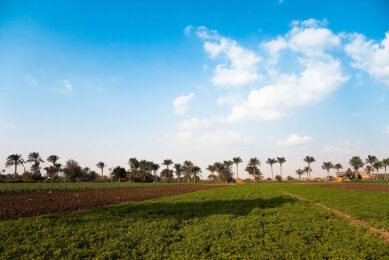Brazil: An agronomist’s dream

Just in case it escaped your attention: Brazil is definitely the country all agronomists dream of. Where in the world does agriculture contribute between 25-30%* to the GDP and where is it possible to harvest three crops per year and then, during the rest of the year, use the land for beef pasture? Johan van der Ven, until recently managing director Nutreco Brazil and based in São Paulo State since January 2010, brings us on a virtual tour of Brazilian agricultural landscape.
By Kaori Nishide
The B from BRICS stands for Brazil, but is it a developing country, or an emerging market?
Brazil became independent from Portugal in 1822 and a federative republic in 1889. Then a long period of political and economic instability characterised the country until 1985 when civilians took over from the military regime and the country grew with ups and downs to its current position of the 6th largest economy in the world and the 7th largest in terms of purchasing parity in 2011.
The country holds No. 5 positions for land mass and population. Over the last 10-12 years 30 million people have been added to the middle class and this is part of The Agronomist Dream: higher disposable income changes consumption patterns and in a Latin culture this means people eat better food, consume more meat, milk and eggs and demand better quality and more diversified products.
Who are providing these products? What is the farming landscape of Brazil today?
In short, there is multiformity in agriculture: back to the 50s and at the same time back to the future…. Brazil is composed of every type of farm that you can imagine. From huge enterprises to small family farms where a few generations are still farming together. Farms with less than 50 ha and farms with over 20,000 ha. From farms with high yields per hectare, cultivating soya, corn or sugar cane, to farms with nearly no yield per hectare as they engage in pasture of beef cattle. Highly mechanised farms and farms with only manual labour. Farms in moderate climate zones and tropical zones where the wet and dry seasons rule. Farmers who measure their technical and economical results and farmers who decide their daily course with a gut feeling.
The infrastructure around this farming community is as diverse as the farms themselves. Small suppliers of farming inputs and local green shops are as common as the presence of global brands for farming equipment or crop protection. Farmers’ cooperatives like Aurora and Itambé play an important role especially in the regions where farming was established relatively early while integrations like Brasil Foods and Marfrig have also played their part in developing especially broiler farming and processing to best in the (world) class.
Travelling through the landscape is like being exposed to agriculture as it developed in Europe and North America post the Second World War, but at the same time seeing the most advanced farming in the world. This fascination will only increase because of what is ahead of us: Brazil may not become a military powerhouse but it may very well develop as the world’s number 1 agricultural powerhouse. And it can be realised by improving results of smallholders and increasing yields in arable lands and at animal farms.
How is the dairy production in the country, will it soon be a powerhouse?
Brazil is not self-sufficient and has a net dairy import of nearly 60,000 tonnes. Brazil has nearly as many dairy cows as the European Union, but the annual production in Brazil is only 22% of that in the EU. Brazilian cows produce on average only 1,500 litres per year. Of course this average number does not represent the top farms which produce 5,000 litres or more. But the number of farms with high yielding cows is still limited and hence total production is low while the land use is relatively high.
A number of factors complicate fast development of the sector as a whole. Poverty of smallholders plays a role as does milk preservation (without a milk tank) between milking and processing – logically UHT milk has become a key product. Knowledge of how to feed a cow is only developed in the top of the industry pyramid, while many farm labourers have insufficient education. And then, dual purpose breeds add their own dimension. Their nutritional requirements for milk as well as meat production are quite specific and require adapted feeding strategies.
Thus there are many challenges to be tackled, but there are very fine examples of how the dairy business will develop. Now we see dairy cows with good yields in states like Bahia, formerly only known for its nice beaches and carnival.
The dairy cold storage in urban supermarkets is sizable and well filled with a wide range of yoghurts, cheeses and health products, similar to Europe. So the demand is not an issue. It is all about making the cow do what she is able to do. The conditions for profitable and high yielding dairy farming are there. First of all there is no lack of excellent genetic material. Then, next to corn and soya, also cotton seed meal, citrus pulp, sugar cane by-products and other excellent substrates for ruminant fermentation are available. Nutrition should also not be an impediment, especially since the Brazilian scientists excel in grass genetics. Water can be an issue since a large part of Brazil has a dry and wet season, but this is also a matter of in-depth study on where to farm.
Farmers in the Netherlands, for example, accelerated farm outputs in the 1970s. Animal protein farming grew 10-fold in 10 years. One cannot expect that the Brazilian government will incentivise the farming community as the Dutch government did. However important learnings from the period are that sharing and communicating knowledge with the people who work on the farms is essential. It is important for farmers to learn now to measure technical and economic results, and understand that the animal is the primary means of production and the land not. Focus must be on animal productivity, consolidation of farms and not on land ownership.
Putting all ingredients together Brazil can grow to similar production levels per cow as Argentina, Mexico and France and deliver 65% more milk with half the number of cows. Then Brazil can one day become the global No. 4 milk producer behind the European Union, India and the US, with a global market share of 7%.
How is the situation for other livestock animal production? Where are they heading for?
The stories for beef, layer, broiler and swine farmers all differ from the above because the stages of maturation of farming and the value chain are all very different. But in general, the efficiency and profitability are improving, supported by industrialisation and commercialisation. Multiformity is high and a recently added development is the modern tilapia farming shows very well that Brazilian agriculture is developed by investors and by farmers who select based upon economic expectations. Do I switch from oranges to beef, sugar cane or eucalyptus? Or do I sell my land in the southeast in order to invest in the last frontiers of agriculture in the north? Multiformity will stay but there is a tendency towards better land usage and an increasing appetite for modern farming practices and higher yields. In combination with consolidation of farmers and the animal nutrition supply chain this will strengthen Brazil’s position as an agricultural powerhouse further. If you want to secure food sources, it will be best to be friends with Brazil.
How do Brazilians perceive the sustainability around agricultural activity?
The global demand for food is expected to grow 20% in the next 10 years. 40% of that demand will come from Brazil, so it is of a vital concern that demand will be fulfilled with sufficient supply. By the year 2022, crop farming area is expected to increase 20% to 58.5 million ha, while pasture will decrease 3% to 176.3 million ha; the total effect is an addition of 4.5 million ha or a 2% expansion. Measured against total land mass of Brazil agricultural expansion will be only 0.6%.
Brazil still has a large area of native vegetation sharing nearly 70% of the country area, as compared to less than 0.5% in Europe. Brazil can feed the world while preserving its forests. The Brazilian Forest Code, centred around legal requirement for landowners in the Brazilian Amazon to maintain 80% of forests as legal reserves, is getting stricter.
What is the key aspect the country needs to improve?
Higher standards of education, health care, roads or data communication – all the necessary developments are in place, however there is one common enemy and that is corruption. Corruption seems systematic and the high taxes are considered by many Brazilians not to benefit society but to benefit the supposed leaders.
The solution is not an easy one, even for the president Dilma Rousseff who visibly puts efforts in fighting it but also must make concessions to get things done. Corruption results in bad roads, rails, air and sea connections, and the negative consequence is equally felt in agriculture.
Can Brazil lead in the future as a bread basket of the world?
Definitely yes. The world has never been more dynamic and other competing exporters have similar issues, for example the road and rail infrastructure in the USA is outdated and can malfunction. Brazilians will continue to reduce their carbon footprint as they develop farming practices that support sustainable food production. Companies and farmers are well-trained to develop their businesses without external support, with limited bank loans, which are implying the capability to grow on their own. Brazilian agri-science in one of the best in the world as the state-owned company EMBRAPA (Brazilian Enterprise for Agricultural Research) opens the door to share Brazil’s knowledge worldwide. Brazilians may not be the best planners, but they will make it happen.
* Source: Fesa











